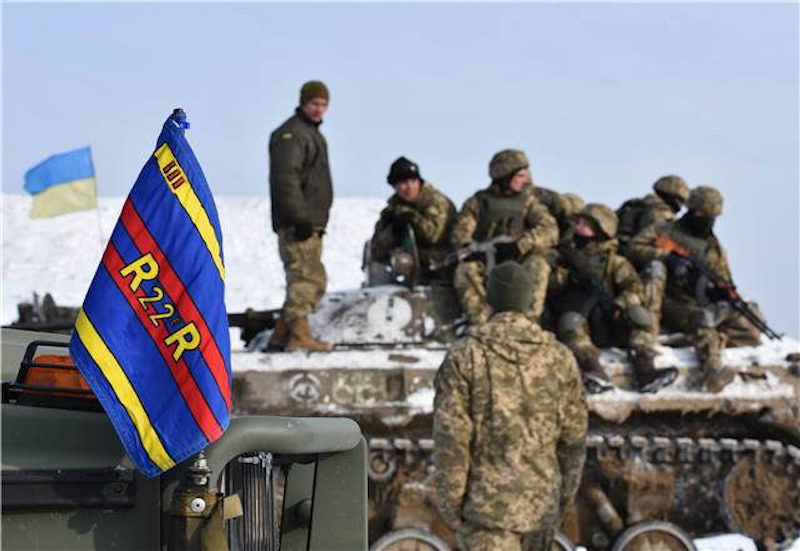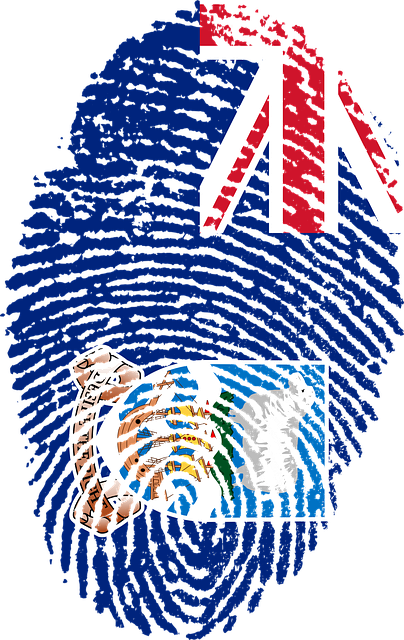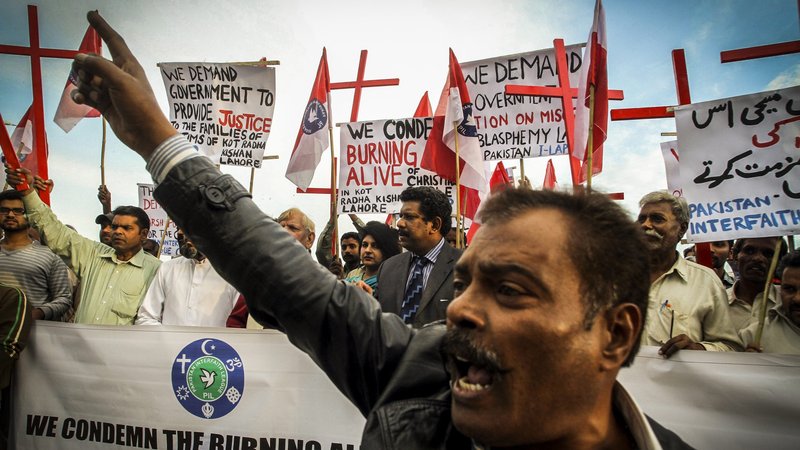In July 2016, Prime Minister Justin Trudeau visited 200 Canadian Armed Forces (CAF) personnel at a military base near Lviv, in Western Ukraine. The Prime Minister showed support for the troops and stated: “[t]he reason we are supporting Ukraine…[is that] the values and the principles they are fighting for are the values and principles that we stand for.”
Civil war broke out in Ukraine in November 2013, after President Viktor Yanukovych refused to sign a trade deal with the European Union in favour of keeping trade relations with Russia. Protests ensued in Kyiv by Ukrainians hoping to secure closer ties with the European Union. Fighting then erupted between pro-Russian separatists and the pro-Western Ukrainian military. Russia responded to the crisis by seizing the Crimean Peninsula. Although Russia has denied supporting the eastern factions of the conflict, the Kremlin is known to have provided military personnel and equipment to pro-Russian separatist groups in Eastern Ukraine.
In response to Russia’s actions, NATO members sent troops to support the Ukrainian army backed by pro-Western President Petro Poroshenko. At the NATO summit in Warsaw in July 2016, the NATO-Ukrainian commission met and committed to a Comprehensive Assistance Package (CAP) assisting the pro-Western Ukrainian military. The package is intended to assist Ukraine’s armed forces in preserving Ukrainian borders against Russian annexation, and includes defense training and explosive disposal.
Despite seemingly opposing ideologies dividing the east and the west of the country, a PEW research poll demonstrates Ukrainians wish to remain a united country. The same poll shows that ethnic Russians and ethnic Ukrainians largely have a positive view of one another, but that they starkly divide on issues of official languages and governance. This would indicate that among the goals of CAP should be every effort to preserve inter-Ukrainian relations.
Last summer, Canada joined other NATO members to train members of the Ukrainian army fighting Russian-separatist militants. The previous government committed to deploying 200 Canadian Armed Forces personnel until March 2017. Canadian soldiers have trained the Ukrainian army in “tactical soldier training”, which includes weapons training, combat survival training, and explosive threats recognition. The personnel have been of particular assistance in training and assisting in the disposal of improvised explosive devices (IED) that are entering into civilian areas of the country, one of the 5 key elements of CAP.
Since January, Canada has committed more than CAD $700 million in assistance to Ukraine. Despite accusations, recently from president Obama, that Canada doesn’t contribute enough to NATO, Canada has been an equitable contributor to its NATO counterparts in Ukraine. Since 2014, The United States has committed more than $760 million USD in assistance to the Ukrainian government to implement market reforms. Additionally, the US sent military equipment and 350 military personnel to Ukraine. Canada is working closely with its NATO counterparts to determine the best way to contribute to NATO operations in Ukraine.
The Canadian mission could help Ukrainians find ways to guarantee linguistic and ethnic rights. This is especially true at a time when, as polls suggest, general attitudes on either side of the conflict have not become deep-seated hatred. Alexander J. Motyl writing in Foreign Affairs suggests that Ukraine could form alliances with countries also in precarious geo-political positions between the east and the west, such as Poland, Lithuania and Romania. Perhaps Canada could help strengthen such alliance within the context of NATO.
During the Prime Minister’s visit to Ukraine, President Poroshenko asked Trudeau for the 200 troops to stay past March 2017. As Canada moves forward in its mission, especially if Trudeau accepts Poroshenko’s request, it should careful consider its next move in the country. Given the need for internal reconciliation, Canada could assist Ukraine in finding ways to guarantee the rights of opposing sides of the conflict. The Canadian Charter of Rights and Freedoms guarantees the protection of linguistic and ethnic rights, which helps multiple communities to co-exist with one state, and could be a useful example in Ukraine. Canada has experience in how to devise laws that guarantee rights and freedoms in multi-ethnic societies.
Photo: Royal 22e Régiment in Ukraine during Operation UNIFIER.,(2015), by Canadian Forces Combat Camera, Department of National Defence via Flickr.
Disclaimer: Any views or opinions expressed in articles are solely those of the authors and do not necessarily represent the views of the NATO Association of Canada.




